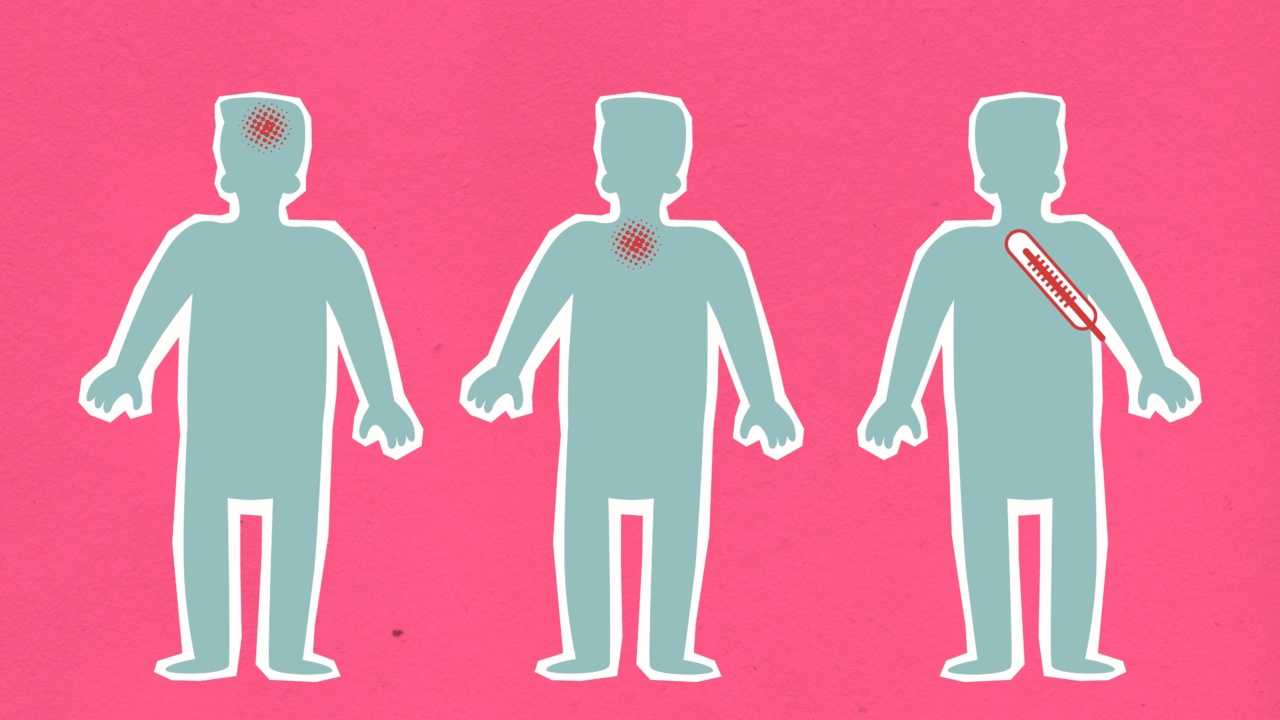Throat infections are quite common and can be caused by a variety of viruses and bacteria. The two most common types of infections affecting the throat are sore throat and strep throat.
Although the symptoms of both the types of infections are similar, they are caused by different bacteria and require different treatment methods. In this article, we will discuss the differences between strep throat and sore throat and how to differentiate one from the other.
What is a sore throat?
A sore throat is a common infection that usually occurs due to a viral infection such as the common cold. The symptoms of a sore throat include a scratchy throat, difficulty swallowing, and swollen glands.
A sore throat usually resolves on its own in a few days, but if the symptoms persist for more than a week, you should seek medical attention.
What is strep throat?
Strep throat, on the other hand, is a bacterial infection caused by the group A Streptococcus bacteria. The symptoms of strep throat are similar to those of a sore throat, including a scratchy throat, difficulty swallowing, and swollen glands.
However, strep throat also causes a fever, headache, and body aches.
How to tell the difference between sore throat and strep throat?
The symptoms of strep throat and sore throat are quite similar, but there are a few key differences that can help you tell the two apart.
1. Rapid onset and severity of symptoms
Strep throat usually has a rapid onset, with symptoms appearing within 2-5 days of exposure to the bacteria. The symptoms of strep throat are usually severe compared to a sore throat.
A sore throat could develop gradually over time, and the symptoms may not be as intense as strep throat.
2. Fever and body aches
Strep throat causes a fever, while a sore throat generally does not. Similarly, body aches are also more common with strep throat than with a sore throat.
3. White patches on the tonsils
If you notice white patches on your tonsils, it could be a sign of strep throat. A sore throat does not usually cause white patches on the tonsils.
4. Nausea and vomiting
Nausea and vomiting are uncommon with sore throat but can be a sign of strep throat. If you experience nausea and vomiting along with the symptoms mentioned above, it is best to visit a doctor.
When to see a doctor?
If you experience any of the symptoms mentioned above, it is best to visit a doctor. It is especially important to seek medical attention if you have a fever, severe sore throat, trouble breathing, or difficulty swallowing.
Treatment options for sore throat and strep throat
The treatment options for sore throat and strep throat differ, depending on the cause of the infection. With viral infections, including sore throat, antibiotics are usually not effective.
However, symptomatic relief can be provided by taking pain relievers, such as acetaminophen, or gargling with saltwater. On the other hand, strep throat requires antibiotic treatment to prevent complications. If you suspect that you have strep throat, visit a doctor immediately.
Preventing throat infections
There are several things you can do to prevent throat infections, including:.
- Wash your hands frequently to prevent the spread of germs
- Avoid close contact with people who are sick
- Avoid sharing utensils, cups, and other personal items
- Drink plenty of fluids to keep your throat moist
- Avoid smoking and exposure to secondhand smoke
Conclusion
Throat infections, including sore throat and strep throat, are common, and it’s essential to know the difference between the two.
If you experience any of the symptoms mentioned above, it’s best to visit a doctor to determine the cause of the infection and get the appropriate treatment. Additionally, you can take steps to prevent throat infections by following good hygiene practices.



























